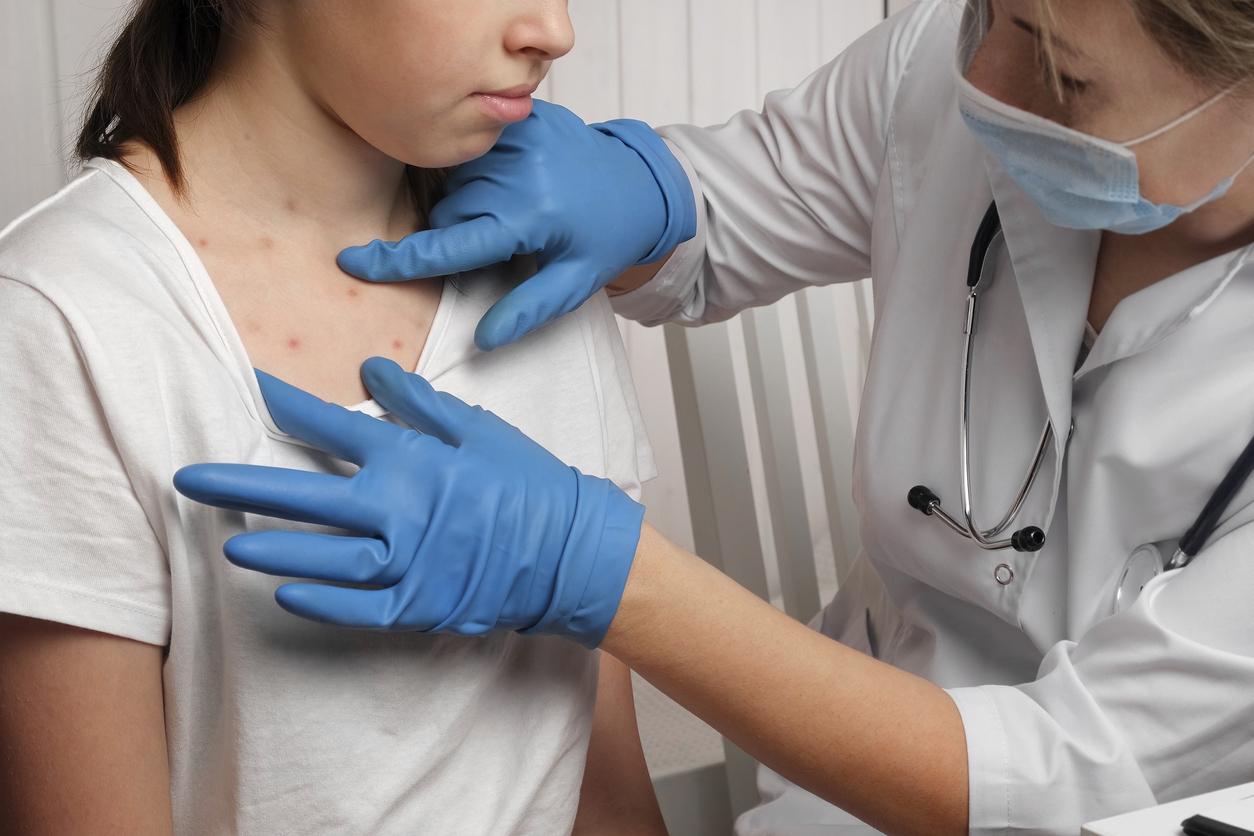The frequency of influenza has been decreasing for 6 weeks and the number of deaths attributable to the epidemic (excess mortality) is now estimated at 5,400. A figure that has fallen sharply compared to last year. The evaluation of the effectiveness of the vaccine shows that it is much more effective than last year.

In the last epidemiological bulletin of the Sentinelles network dated February 14, 2018, which concerns the monitoring of the epidemic during the first week of February, in metropolitan France, the frequency of influenza-like illnesses seen in general practice has dropped to 208 cases per 100,000 inhabitants, or 137,000 new case. The Sentinels network has observed a slow decrease in the epidemic in mainland France over the last 6 weeks. There was no increase in the incidence of hospitalizations for influenza-like illnesses.
Decrease everywhere in mainland France
The regression is taking hold in almost all metropolitan regions, unlike the Antilles and Guyana. But the frequency of influenza remains high, especially in Provence-Alpes-Côte d’Azur (424 cases per 100,000 inhabitants), Hauts-de-France (420 cases per 100,000 inhabitants) and Grand-Est (293 cases per 100 000 inhabitants). No hospitalizations for ILI have been reported.
According to the prediction model based on historical data and on drug dispensations, the frequency of influenza should continue to decrease in the coming weeks, unlike the United States where the epidemic is very severe, but mainly concerns a other virus.
A number of deaths that will be down compared to 2016-2017
Since the start of the flu epidemic, the number of deaths attributable to influenza (excess mortality) has been estimated at 5,400 by Public Health France. A figure in slight increase compared to the previous week, but down compared to last year when it was estimated at 14,400. The excess of all-cause mortality is estimated at 7,400 deaths during the period of the year. epidemic (+ 9%), because in this case the figure takes into account the excess mortality linked to the many illnesses associated with influenza in those affected (this figure was 21,200 in 2015-2016).
As last week, 90% of deaths concern people aged 65 and over, even if we have been able to observe a certain number of deaths in very young children, as every year.
Increase in the share of type B viruses
This 2017-2018 epidemic is still characterized by a clear predominance of the type A virus with 63% of cases (52% of A (H1N1) and 8% of A (H3N2), but the share of B viruses continues to grow and is increased to 37%, the reverse in Europe.
Insofar as the A (H1N1) virus is a little-known strain of the immune system of young people, it affects them more particularly: the average age of patients is now 27 years old and hospital visits are much to those under 5 years (23%).
First estimates on the effectiveness of the vaccine
The preliminary results of the estimate of vaccine effectiveness in people over 65 years indicate an overall effectiveness of 60%: it would be 78% against the A (H1N1) viruses and 61% against the B viruses, according to the Sentinels networks.
Preliminary data from the FLUVAC study on the estimation of vaccine efficacy in preventing adult hospitalizations indicate the figure of 44%, regardless of the virus, or nearly one in 2 avoided hospitalizations.

.
















